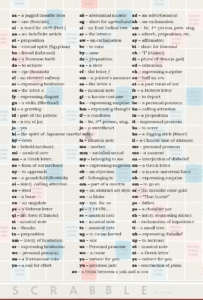Introduction
When my mother-in-law comes to visit, once a day she pulls her phone out and says something like, “Time for Spanish!” Using the Duolingo app, she has been learning and practicing Spanish for some time. She has even built up a couple of impressive consecutive-days streaks numbering in the hundreds (meaning consecutive days meeting her specific daily language goals on Duolingo). When I acquired a smartphone, I too downloaded the Duolingo app because I wanted to begin studying German again. I received a minor in German in 2010 when I graduated with my B.A., but it has been a long while since I studied the language in a structured way.
I wanted to test out my first impression of Duolingo (the one I formed unfairly, of course before ever trying it out) as a language learning buffet by taking lessons in each of the languages it offers. This article is a reflection on my perceptions of the Duolingo app and my user-experience, as well as an evaluation of Duolingo’s functionality as a tool for language learning. Each day for just over a month I downloaded a different course and tried it out, journaling my impressions along the way. With some, I already had a level of proficiency, so I took the diagnostic test to see where Duolingo thought I was. With others, I knew absolutely nothing, so I started from square zero, also known as the “New to __________?” button. I am not seeking fluency in any of these languages because frankly I see that as an impossible goal to achieve in Duolingo anyway, even if I were to focus solely on a single course. It was more of a fun way to experience what it is like to be “Hgf” (username) on my Duolingo leader board, who has downloaded the Italian, Russian, Portuguese, Chinese, Spanish, and French courses. I am simply doing what that learner has done and taking it to an extreme.
Note: The slides embedded throughout this article are an account of my experiment taking lessons in a different language every day for just over a month. If you just read the journal, the slides will auto-advance. If you finish reading a slide before it advances, use the controls in the taskbar at the bottom of the frame to skip ahead.
Background
Using Duolingo, language learners, like my mother-in-law, can select any of a range of “standard,” endangered, or even constructed languages to study:
| Spanish
French
German
Italian
English
Japanese
Chinese
Russian
Korean
Portuguese
Dutch |
Swedish
Norwegian
Turkish
Polish
Irish
Greek
Hebrew
Danish
Hindi
Czech
Esperanto |
Ukrainian
Welsh
Vietnamese
Hungarian
Swahili
Romanian
Indonesian
Hawaiian
Navajo
Klingon
High Valyrian |
According to its website, Duolingo collects data from language learners to discover how they learn language best. The Duolingo team claims, “With more than 300 million learners, Duolingo has the world’s largest collection of language-learning data at its fingertips. This allows us to build unique systems and uncover new insights about the nature of language and learning” (“Research”). Duolingo makes multiple publications about their approach to second-language learning on their website, as well as a favorable study conducted by researchers from the University of South Carolina and the City University of New York.
Every large-scale language-learning program requires a theoretical framework. The Duolingo system reflects at least in part the ideas of Stephen Krashen, whose input hypothesis, despite having received some criticism, has influenced many language learning programs in the U.S. today. To scaffold language-learning, Duolingo provides linguistic input in “the Four Skills”: reading, writing, speaking, and listening. Comprehensible input is language input around the learner’s proficiency level but involves what Krashen calls “i + 1” (Ellis 47). The phrase i + 1 refers to input that introduces new linguistic principles that students are primed to receive. I like to think of i + 1 in terms of Goldilocks and the Three Bears.
- “This porridge is too hot!” = i + 2-∞, meaning input that is so far beyond the learner’s proficiency level that it is essentially incomprehensible.
- “This porridge is too cold!” = i (or i + 0, if you prefer), meaning input consisting only of what a learner already knows. These principles might be good to practice, but they also might become boring, and without the introduction of new material might lead to stagnation.
- “This porridge is just right!” = i + 1, meaning comprehensible input or input that merges new content with enough known content that students can progress in the target language. Comprehensible input in the right kind of environment leads to language acquisition and the production of comprehensible output (output in the target language that makes sense to others) (Krashen 409).
The app approximates a learner’s proficiency level or i at the beginning of each course by providing a diagnostic test. If the learner already has some proficiency of which they are aware, they can click the button marked “Already Know Some __________? Try this Placement Test.” If not, the learner can click the “New to __________?” button and begin learning some basic vocabulary with the help of cues such as capital letters or even images. Those basic terms become keys to help students decipher input in the target language.
Trying the App
In my first lesson in Welsh, of which I previously knew nothing, I was presented with Bore da as my first sample of Welsh. I also received a number of multiple-choice answers to select from. Two of the possible answers were names: “Megan” and “Morgan”; two of them were capitalized: “Good” and “Goodbye”; and two of them were not capitalized: “good” and “morning.” Logically, I eliminate “Megan” and “Morgan” right off the bat (nothing personal), mainly because of their lack of lexical usefulness. Why would I need to know their names in Welsh? The target phrase was capitalized, so I kept “Good” and “Goodbye” and discarded “good” because the capital letter makes “Good” seems more likely than “good.” Bore da is also two words, so I decide on a two-word answer in English: “Good morning.” Choosing a two-word translation in the L1 for a two-word phrase in the target language is one instance of linguistic transfer, a common strategy employed by language learners to fill in gaps in their communicative competence. In this case, I have chosen correctly, even though I still do not know which Welsh word is “Good” and which is “morning.” Also, for all I knew, “Goodbye” in Welsh is also two words.
The lesson later asks me the meaning of da and provides multiple choices that include “good,” but not “morning.” I know that had I not received the capitalization cues in that first sample, I probably would have leaned on the syntax of my L1 and answered incorrectly because Bore da would be literally translated as “morning good” in English. Scaffolding cues like capitalization or images can matter greatly in helping beginning students puzzle out their first few steps into another language. Any program needs to know where a student’s proficiency level is before it can meet them where they are and guide them beyond it. In language learning, that is the true value of i.
Skepticism
As a brand-new Duolingo user, I had a hard time appreciating the app as a serious tool for language learning, despite its theoretical basis in SLA theory. I perceived it as more like a buffet for language learners in which we can choose one thing or choose some of all of our favorites. We can pile our plates with Polish and Chinese and Spanish and Hawaiian and High Valyrian, if they suit us. We aspiring polyglots (or maybe “polygluttons” is a more applicable term) can cram ourselves with little bits of a lot of different things, which is perfect if we are not interested in acquiring fluency but rather knowing more about individual languages and learning a few words and key phrases in each.
Language Journal
Part 1
Part 2
Part 3
Conclusions
As a result of my exploration of the app, my impression of Duolingo as a language buffet remains unchanged. However, I do appreciate what it is trying to do with the technological affordances it has available. The system is impressive in the way it turns language learning into a game using rewards, fake currency, leader boards to promote competition, and leagues. It promotes engagement and provides learners with structure. It gives plenty of input, fortifies grammatical and lexical knowledge, and provides plenty of opportunities to practice reading and writing, though not nearly as much as it could listening and speaking. Overall, Duolingo is certainly making good on its endeavor to make learning engaging (“Our mission is to make learning free and fun,” says the app).
The game aspect provides plenty of extrinsic motivation for learners who need an additional push to study. Learners might lean toward either extrinsic (I want to learn a language because it is cool!) or intrinsic (“I want to learn a language because it will do something for me or promises a reward!”), but most learners need both to learn a language. I want to learn languages because I am interested in languages, but there were days when I had far less of a desire to study. However, I did not want to fall into the “Demotion Zone” (which is the bottom five on my leader board) because then I would fall into a lower league. I am currently in the Sapphire League, thank you very much, and I am not going back to the Gold League. That leader board gave me the push I needed to study.
That being said, there are a number of people using the app who find the game aspect unsustainably fulfilling. After a while, the motivation derived from that part of the game can ebb away. Another aspect that Duolingo learners complain about is that some people are in it more for the game than the language, and so search for shortcuts to make more points or “XP,” as the game calls them. When the student’s focus turns away from language learning toward a secondary feature, the app becomes less successful at what it ought to be doing.
All things considered, I am not buying Duolingo’s other claim about its mission, namely, “To develop the best education in the world and make it universally available” (“Crown Levels: A Royal Redesign”). I believe they want this, and based on the number of people using the app, I would say that they are certainly reaching toward the “universal availability” objective. But it doesn’t offer the “best education” yet, and it likely never will unless we come up with a quantifiable standard to define what it means to be “best.” Like any other language program, Duolingo has limitations. No one should download and use the Duolingo app without first understanding that it is not THE WAY to learn a language because there is no such thing, as Dr. Brent Wolter pointed out in a 2019 interview (“TESOL”). That being said, Duolingo provides opportunities for prospective learners to increase their communicative competence in a target language within a low-stakes and gamified environment that can motivate learners who are motivated either intrinsically or extrinsically.
Using Duolingo as the sole source of one’s language learning will only set a learner up for disappointment if they think they can use it to achieve native-like proficiency in the “Four Skills.” Duolingo is probably best used as a language learning supplement that activates your brain during your early commute on the train as you puzzle out the difference between the Turkish words adam and erkek or the Portuguese words copo and xicara. Prospective users of this app would be well served if they would keep, as I do, a dictionary and a good grammar book about the target language on hand, and find friends to consult and converse with in that language as well.
Note: As a final note to educators, I can say that trying out the Duolingo app could be a useful experience. If you want a quick way to learn a little bit about the languages your students speak without having to commit yourself to a full-blown language course, Duolingo might be the way to go. My Georgia Tech students come from many different countries and speak languages I do not know, including Chinese, Turkish, Tamil, etc. Having tried to learn a little bit of some of those languages and felt the frustration that comes from attempting to learn a language so dissimilar from my L1, I feel greater empathy for their endeavors to learn English. In fact, any opportunity teachers or tutors can get to know the first languages of those they teach a bit better, the better off those teachers will be. I believe language, linguistics, and ESL teachers would be well-served to find some language-learning program (if not Duolingo, then something else that might be affordable and effective, if not “free and fun”). They can try out some of the lessons and see if it influences their linguistic awareness, as well as their attitudes toward the English learners in their classes.
Addendum: Since this article, Duolingo has made a few updates, one of which is especially noteworthy. In the summer of 2019, Duolingo released an Arabic for English speakers course. I made a note of the absence of such a course in my journal entry on Swahili, finding it strange that such a significant language would not be represented in the app. Duolingo has also continued to develop other language courses, including Finnish, Scottish Gaelic, and Yiddish.
Works Cited
Duolingo. “Research.” Duolingo, n.d., https://ai.duolingo.com/. Accessed 25 Mar. 2019.
Ellis, Rod. Second Language Acquisition. Oxford University Press, 1997.
Krashen, Stephen. “The Input Hypothesis: An Update.” Georgetown University Round Table on Languages and Linguistics (GURT) 1991: Linguistics and Language Pedagogy: The State of the Art. Georgetown University Press, 1992. Google Books, https://books.google.com/books?id=GzgWsZDlVo0C&printsec=frontcover&source=gbs_ge_summary_r&cad=0#v=onepage&q&f=false. Accessed 27 Mar. 2019.
Rollinson, Joseph. “Crown Levels: A Royal Redesign.” Duolingo, 11 July 2018, https://making.duolingo.com/crown-levels-a-royal-redesign.
Wolter, Brent. “Dr. Brent Wolter on Teaching English to Speakers of Other Languages (TESOL).” World Englishes, Georgia Institute of Technology, 13 Mar. 2019, https://worldenglishes.lmc.gatech.edu/interview-dr-brent-wolter-on-tesol/. Accessed 27 April 2019.
This article appeared on our site in 2019 and is now being republished here as part of a website makeover. ~ Jeff Howard

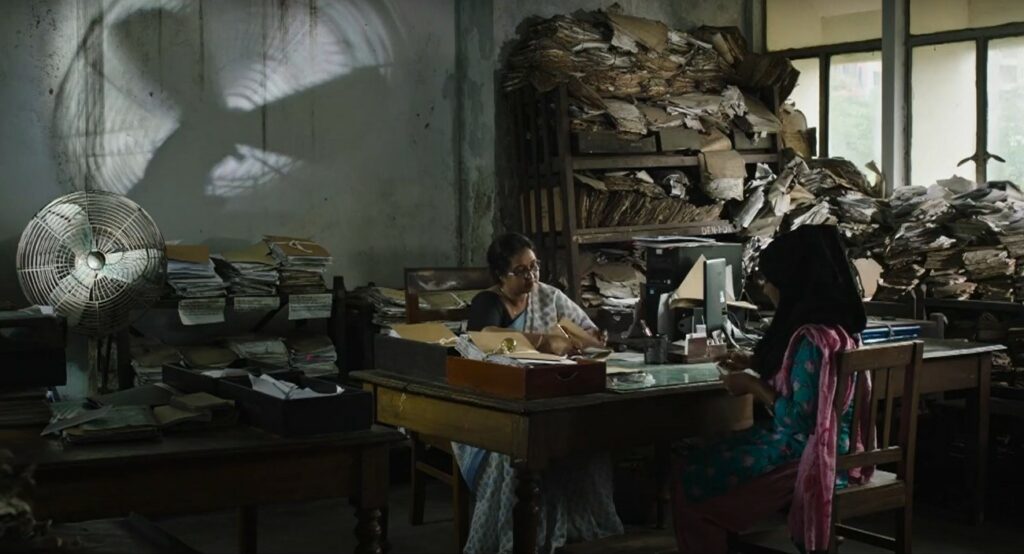


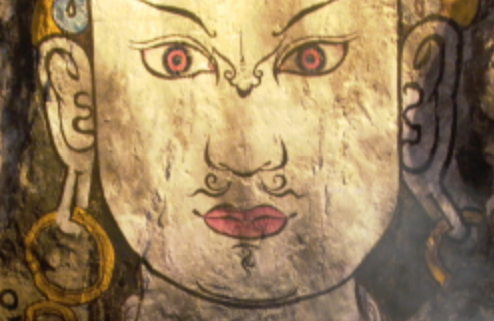

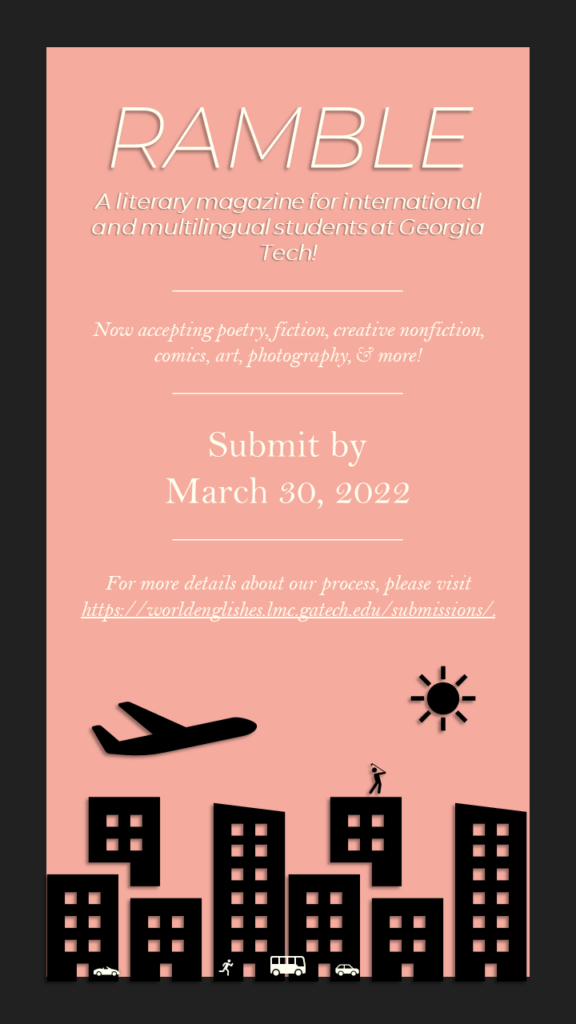

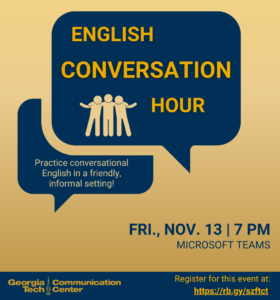 a) The World Englishes Committee has helped to organize and sponsor six virtual
a) The World Englishes Committee has helped to organize and sponsor six virtual 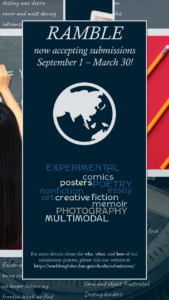 e) Finally, our capstone of the year was the publication of the
e) Finally, our capstone of the year was the publication of the 
